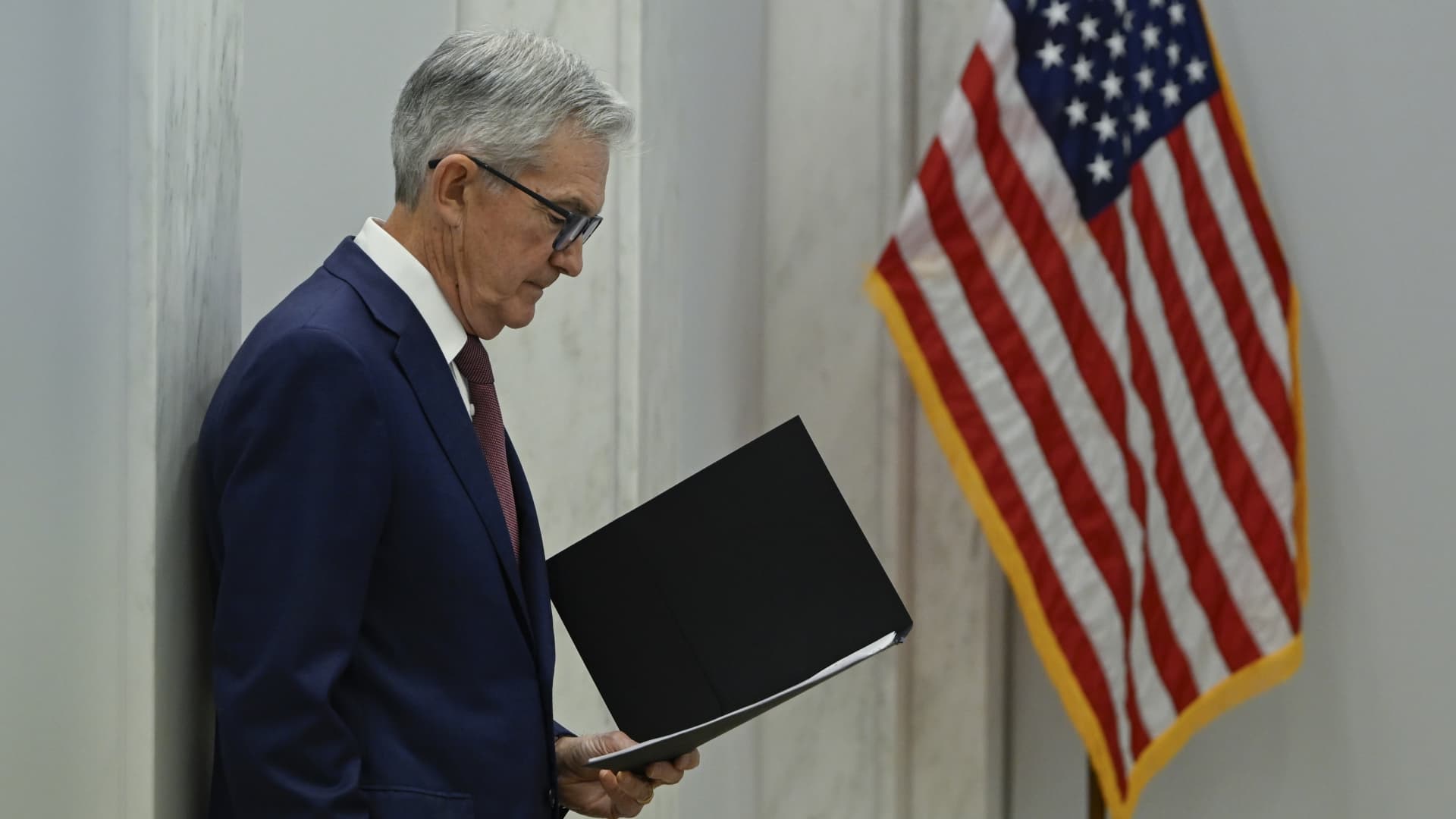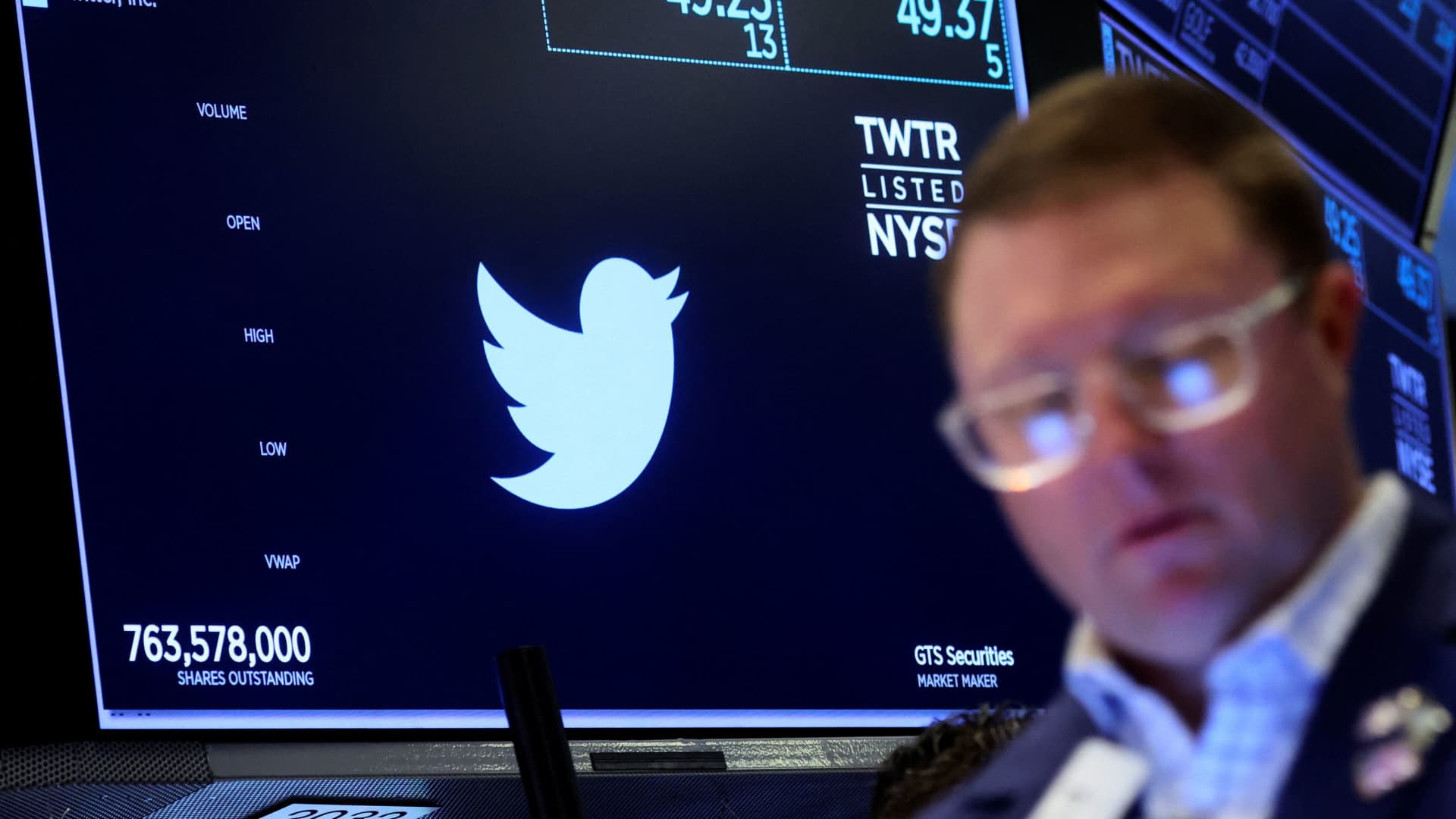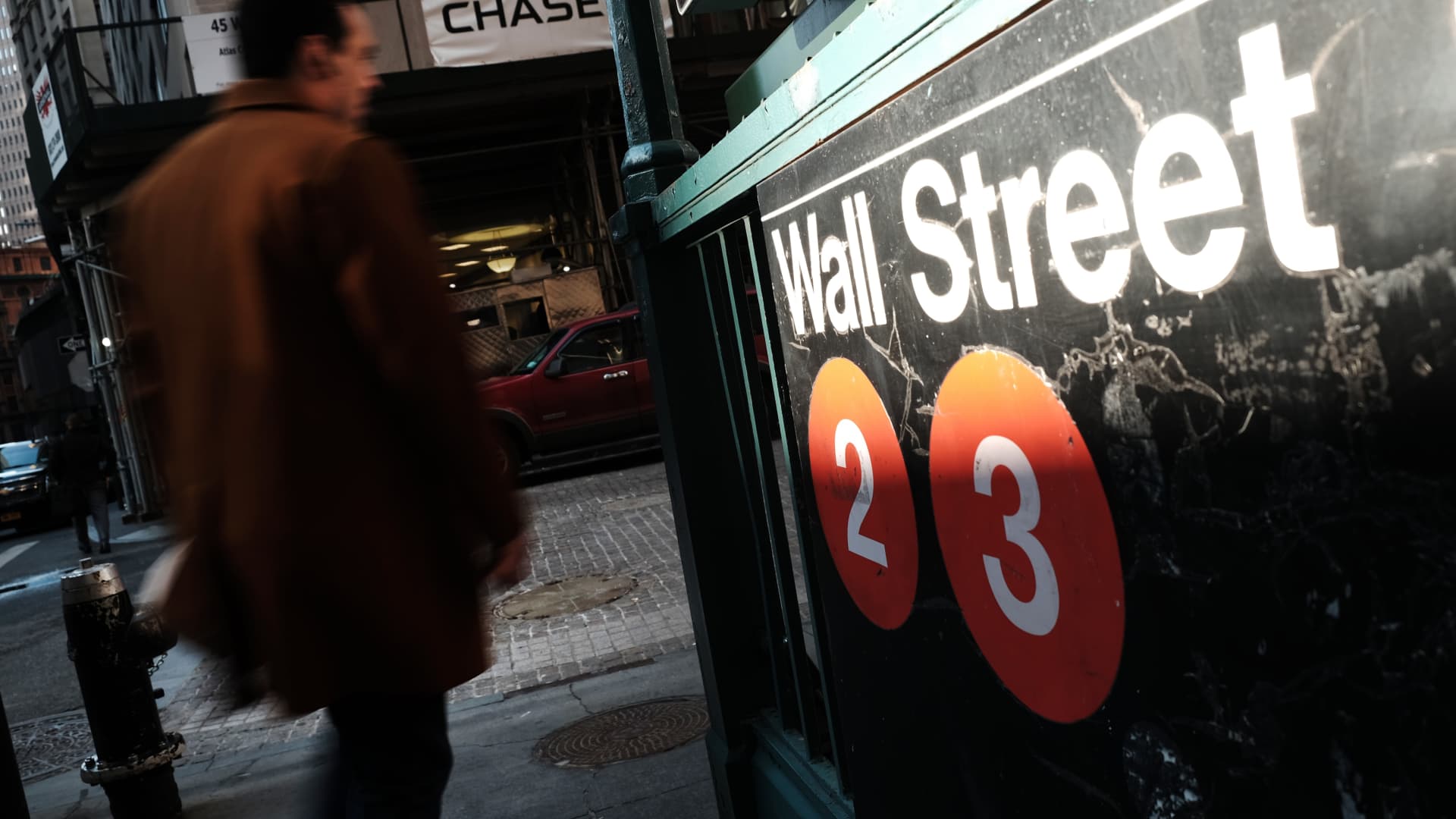Here’s everything the Fed is expected to do Wednesday


This week’s Federal Reserve meeting is likely to mark a substantial turning point for policymakers who have spent the past two years battling runaway inflation.
That there’s virtually no chance central bank policymakers will vote to raise rates is beside the point: What is likely to occur when the Federal Open Market Committee session wraps up Wednesday is a policy turn away from aggressive rate hikes and toward plans for what happens next.
“This would be the third straight meeting where the Fed remained on hold and, in our view, means that the Fed likely sees itself as done with the hiking cycle,” Michael Gapen, U.S. economist at Bank of America, said in a client note.
While acknowledging that future accelerations in inflation could force the Fed to raise rates further, “we think that a cooling economy is more likely and that the narrative should shift in the direction of cuts over hikes in 2024,” Gapen added.
That move to cuts, though likely expressed in a subtle way, would represent a major pivot for the Fed after 11 interest rate hikes.
Along with an announcement on rates, the Fed also will update its projections on economic growth, inflation and unemployment. Chair Jerome Powell also will deliver his usual post-meeting news conference, where he either could discuss a strategy to ease policy now that inflation is decelerating, or continue to talk tough, an outcome that could rattle markets.
Here’s a quick rundown in what to expect:
The statement
In its post-meeting communique, the rate-setting Federal Open Market Committee almost certainly will say that it is holding its benchmark overnight borrowing rate in a range between 5.25%-5.5%.
There also could be some language tweaks on the committee’s assessment of employment, inflation, housing and overall economic growth.
For instance, Bank of America thinks the committee might drop its reference to “additional policy firming” and simply say that it is committed to getting inflation back down to 2%.
Likewise, Goldman Sachs sees a possibility that the statement excludes a characterization regarding tighter financial conditions and possibly make a few other small changes that had been used to convey a bias toward raising rates.
Financial conditions, a matrix of economic variables and stock market prices, have loosened considerably since the last Fed meeting concluded on Nov. 1.
“A pause is all but guaranteed,” said Liz Ann Sonders, chief investment strategist at Charles Schwab. “But I wouldn’t be surprised if there was, if not in the statement then during the presser, a bit of pushback on what has been a loosening of financial conditions. … Powell is going to have to address that.”
The dot plot
If there is a nod toward looming rate cuts, it will happen in the Fed’s closely watched grid of individual members’ expectations known as the “dot plot.” Markets watch the “median dot,” or the midpoint of all members’ projections for the next three years as well as the longer term.
One immediate change to the chart will be the removal of a previously indicated rate increase this year.
Beyond that, market pricing is aggressive. Traders in the fed funds futures space are pricing rate decreases to start in May 2024 and continue until the Fed has lopped off at least a full percentage point from the key rate before the end of the year, according to CME Group calculations.
“That’s going to be very important, because a good portion of the surge in equities has been predicated on a dovish pivot, with rate cuts coming,” said Quincy Krosby, chief global strategist at LPL Financial. “If they acquiesce and agree even slightly with the market, the market is going to surge higher and higher.”
However, most strategists and economists on Wall Street see a more cautious approach. Goldman Sachs, for instance, pulled forward its expectation for the first cut, but only to the third quarter of next year, well out of line with market pricing.
“A lot would have to happen for them to go that soon,” Goldman chief economist Jan Hatzius recently said on CNBC. “The second half of the year is more realistic than the first half.”
“I’m not saying it’s not going to happen, I just think it’s premature based on the current collection of data points,” Schwab’s Sonders added. “Ultimately, maybe the bond market is right [about rate cuts], but probably not without some economic pain between now and March.”
The economic outlook
Each quarter, FOMC members also release their projections for key economic variables: gross domestic product, inflation as gauged through the Commerce Department’s core personal consumption expenditures price index, and unemployment .
In September, the committee indicated slowing GDP growth, a small uptick in unemployment and a gradual drift for inflation back to the Fed’s target by 2026.
Those numbers shouldn’t change much. Goldman expects “a small upward revision” on GDP and slight downward projections for unemployment and core PCE inflation.
Likely not much to see here.
The press conference
Then Chair Powell will take the stage, and what might be an otherwise low-news event could turn into something far more interesting.
Powell has a line to walk — conscious of continuing the battle until inflation is defeated while also being aware that real rates, or the difference between the fed funds rate and inflation, are rising as the latter continues its gradual slowdown.
Right now, the fed funds rate is targeted between 5.25%-5.5%, and at 5.33% to be exact. Though Tuesday’s consumer price index report showed ex-food and energy inflation running at a 4% annual rate in November, the core PCE inflation rate is 3.5%, making the real rate around 1.8%.
In normal times, Fed officials see the so-called neutral rate — neither restrictive nor stimulative — closer to 0.5%. Hence, Powell’s recent statement that rates are “well into restrictive territory.”
“We expect the leadership of the FOMC is considering the rapid disinflation underway as a reason that at some point in 2024, the nominal funds rate might need to be lower for no other reason than maintaining the same level of real restrictiveness,” UBS economist Jonathan Pingle said in a note. “We do not expect Chair Powell to signal something soon, however.”
This post has been syndicated from a third-party source. View the original article here.




